The fermented foods industry is active and growing, and if you take a close look into craft hot sauce, you’ll likely notice a number of hot sauce makers creating fermented hot sauces. Most of us know about fermented foods, but a lot of us may be less familiar with what exactly fermentation is, what the benefits are, and how fermentation brings out an incredible flavor that can’t be achieved with other cooking methods. While the science behind fermentation is a chemical process, it’s a process in practice that is very accessible and delicious.
The long history behind fermented foods and hot sauce
Fermented foods may seem like a more recent trend, with the rise in popularity of fermented foods and drinks like kimchi, kombucha, and hot sauce, but fermentation has actually been an important practice for ages. In many cultures, fermentation was much more of an essential process of food preservation rather than a cooking style. In an effort to consume harvested ingredients through off-season months and cold winters, an exceedingly difficult task years ago, many learned to preserve their food by fermenting it. The importance of fermentation was paramount, especially in places where ice or proper storage was inaccessible. Types of fermented foods and beverages varied greatly. Records have shown a fermented beer-like honey and rice beverage to be popular in China dating back to 7,000 BCE. The Babylonian civilization has records of using fermentation to preserve meat sausages, and the first record of pickled cucumbers was documented in the Middle East in 2,000 BCE. Fast forward to today and there are countless online forums documenting and exploring the wide range of fermented food possibilities.
Health benefits and appeal of fermentation
In addition to the longer shelf life that fermented foods offer, the chemical process of fermentation is also known to lead to a number of health benefits. By definition, fermentation is the breaking down of foods through the action of bacteria, yeasts, and other microorganisms in a specific environment that allows for fermentation to occur. For those unfamiliar with the specifics of this process, the word bacteria is not usually associated with food in a positive context. However, the microbes at work during fermentation are actually “good” probiotic bacteria, and the airless environment needed for fermentation makes it so that dangerous and harmful bacteria cannot survive.
With many modern diets largely consisting of processed foods, unpleasant gastrointestinal symptoms and poorly balanced gut bacteria can be quite common. Growing research shows that consumption of “good” bacteria can lead to improved digestion and detoxification, strengthening the walls of the intestines and replenishing diverse microbes in the gut.
The unique attributes of fermented hot sauces
So why is fermentation so popular in hot sauce? Aside from potential health benefits and a near-non-existent expiration date of an active ferment, there is a third and most important reason: flavor. Makers and consumers are finding that the nuanced and intricate flavors from fermentation simply cannot be achieved through other cooking practices.
Fermented sauces date back as far as 1868 with Tabasco, but new craft hot sauce brands like Poor Devil Pepper Co, Kitchen Garden Farm Sriracha, and Craic Sauce add other fermented vegetables and fruits that bring even more complexity to hot sauces..
Based out of Queensland, Australia, Sabarac has a wonderfully unique and quality line of fermented hot sauces, and owner Geoff Barker is essentially an expert on all things hot sauce fermentation. On a recent episode of the Craft Hot Sauce Podcast, Geoff explains the story behind a fermented watermelon and carolina reaper hot sauce and a Japanese Miso fermented hot sauce. You can listen to the episode here, where Geoff and Brian of Craft Hot Sauce talk about different techniques of fermenting, common mistakes made by people new to fermenting, and some funny failure stories along the way.
Methods of creating a fermented hot sauce
In making fermented hot sauces, there are generally two widely accepted methods: a brine pickling method of fermentation and a mash method of fermentation.
In the brine solution method, you first do a rough chop of your ingredients before making a brine solution (a technical word for salt water) of about 3.5%. You then submerge the ingredients in said solution, weighing them down with a fermentation weight to ensure they are fully submerged before covering them in your fermentation vessel.
The second method for fermentation is through creating a chili pepper mash. To make a mash, you put all your cleaned ingredients into a fermentation vessel before blending them up into a mixed mash. Once you achieve a fine consistency, you need to add salt. This can be done in two ways. First, you can mix the salt throughout the mash, using 3-5% of the mash’s weight in salt. The second way to add salt is through a salt cap, which is done by sprinkling 3-5% of the mash’s weight in salt on top before covering and sealing the vessel.
With both the brine and mash methods you’ll want to wait at least 4-6 weeks to allow the fermentation process to kick in. When you’ve successfully fermented your ingredients, you can choose to keep the raw ferment, which is loaded with probiotics and healthy bacteria. Keeping the raw ferment allows for all the aforementioned health benefits. Poor Devil Pepper Co’s sauces are raw and active ferments.
Other makers, like Sabarac and Craic Sauce, might choose to pasteurize their sauces in the end, in order to eliminate any and all bacteria and make shelf stable products that don’t need to be refrigerated. Pasteurization, a method discovered by chemist Louis Pasteur, involves heating a sample at a high temperature for a specific amount of time. While this does eliminate the good bacteria created by fermentation, both fermentation methods result in exceedingly flavorful and unique sauces, unable to be achieved without the aging process they underwent.
Other fermentation tips and common mistakes to avoid
A common mistake many people make with fermentation comes when they check the mash or solution too often throughout the process. Fermentation usually takes a minimum of 21 days, and checking on the ingredients prematurely and excessively can allow oxygen to seep in, which can spoil the ingredients.
Another important tip is allowing proper headspace. Headspace is the gap you leave between the top of the brine or mash and the lip of the fermentation container you use. You should aim for allowing about 15-20% of the volume of the vessel to be empty. Too much headspace and there is not enough pressure in the container to effectively push out oxygen. Too little headspace and you risk liquid or mash overfilling or even exploding!
For those looking to learn a lot more about fermentation, here are some great fermentation resources to check out!
- Fiery Ferments(book by Kirsten and Christopher Shockey)
- The Art of Fermentation(book by Sandor Ellix Katz)
- The Noma Guide to Fermentation (book by René Redzepi)
- Geoff from Sabarac podcast
Whether learning about fermentation inspires you to try to create your own batch or simply give a fermented hot sauce a try, understanding some context around fermentation goes a long way in understanding and appreciating this fantastic way to pack some more flavor punch in your hot sauce!



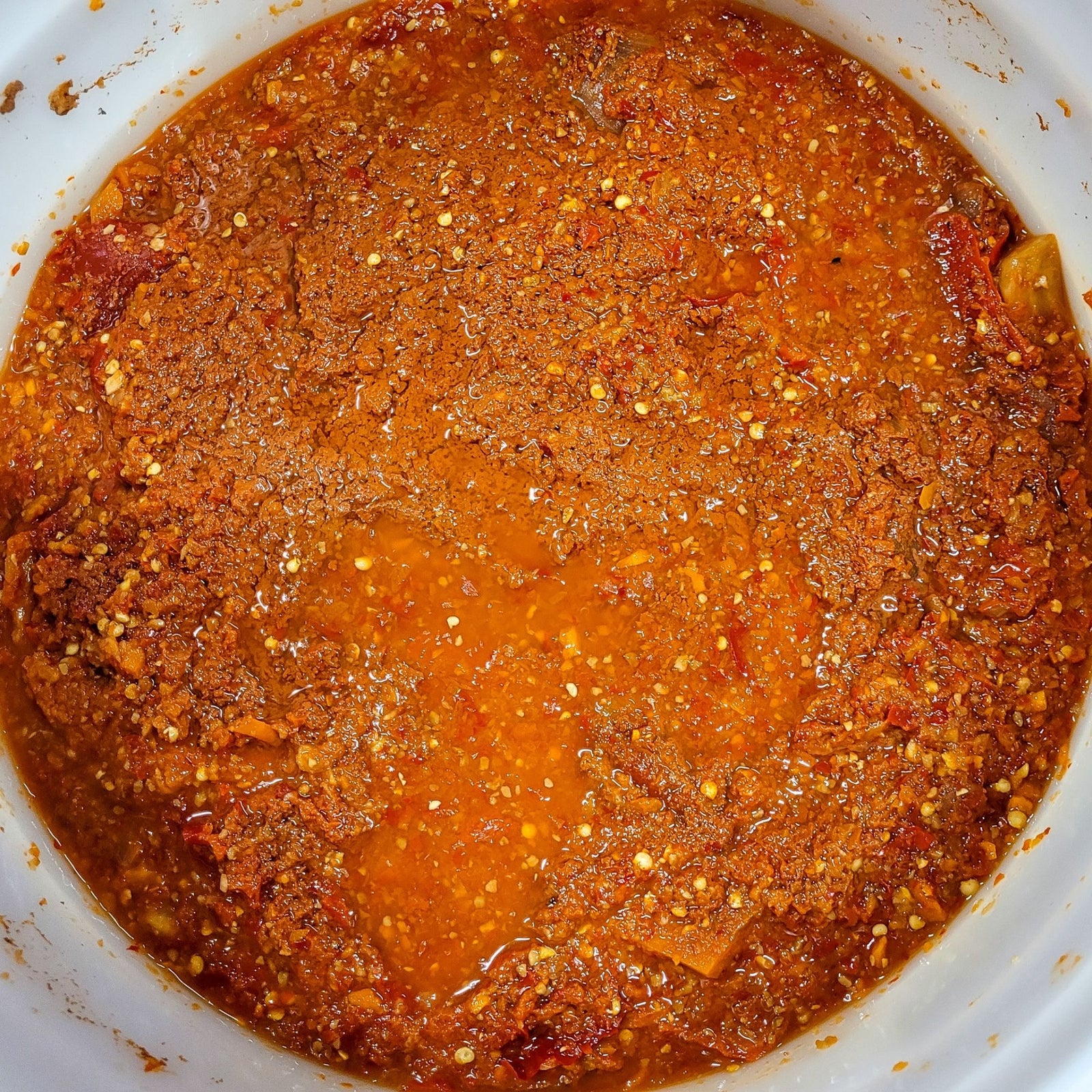


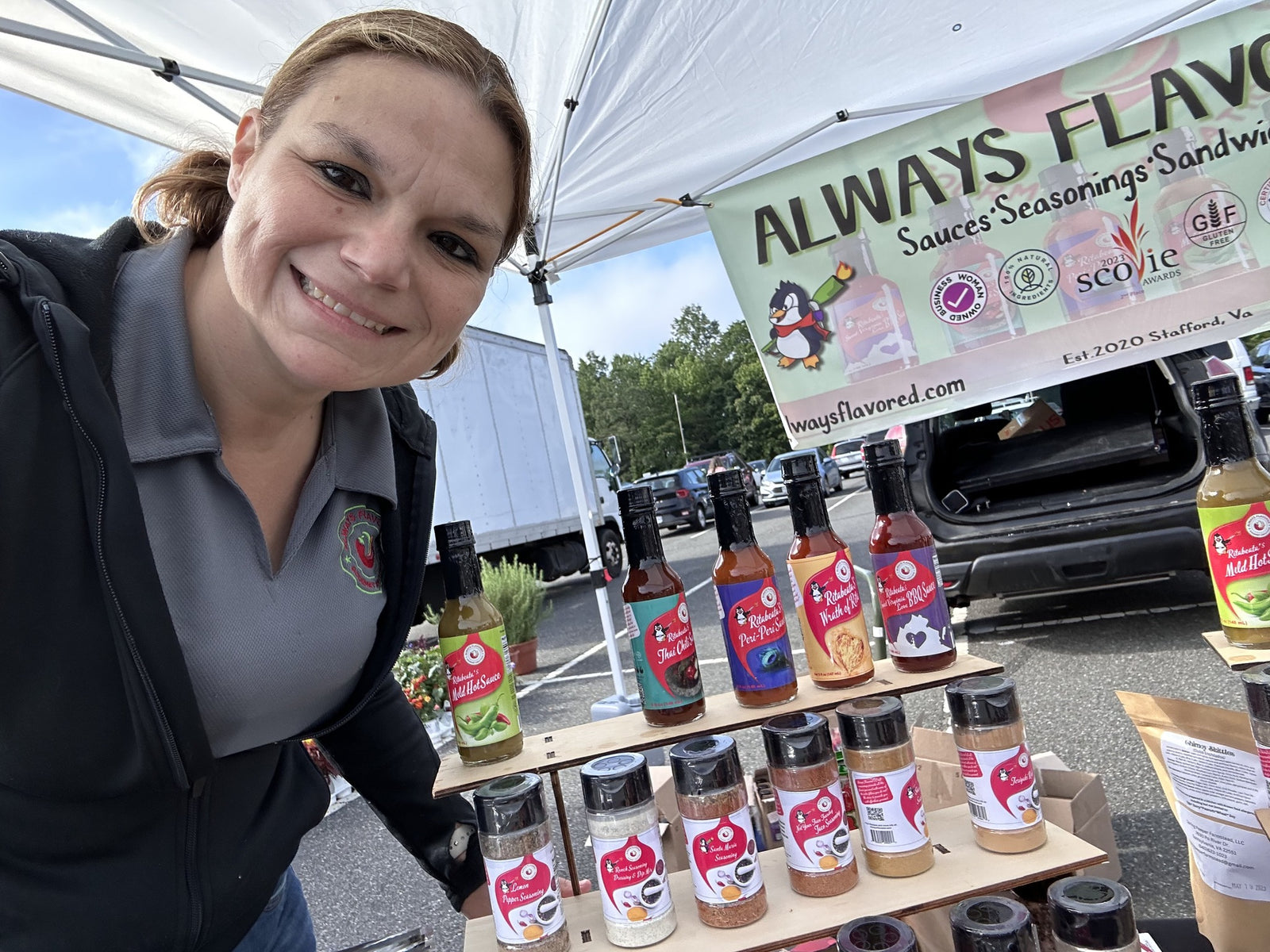

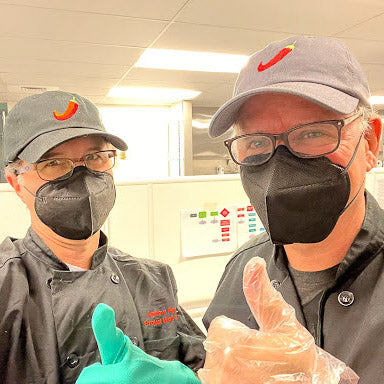
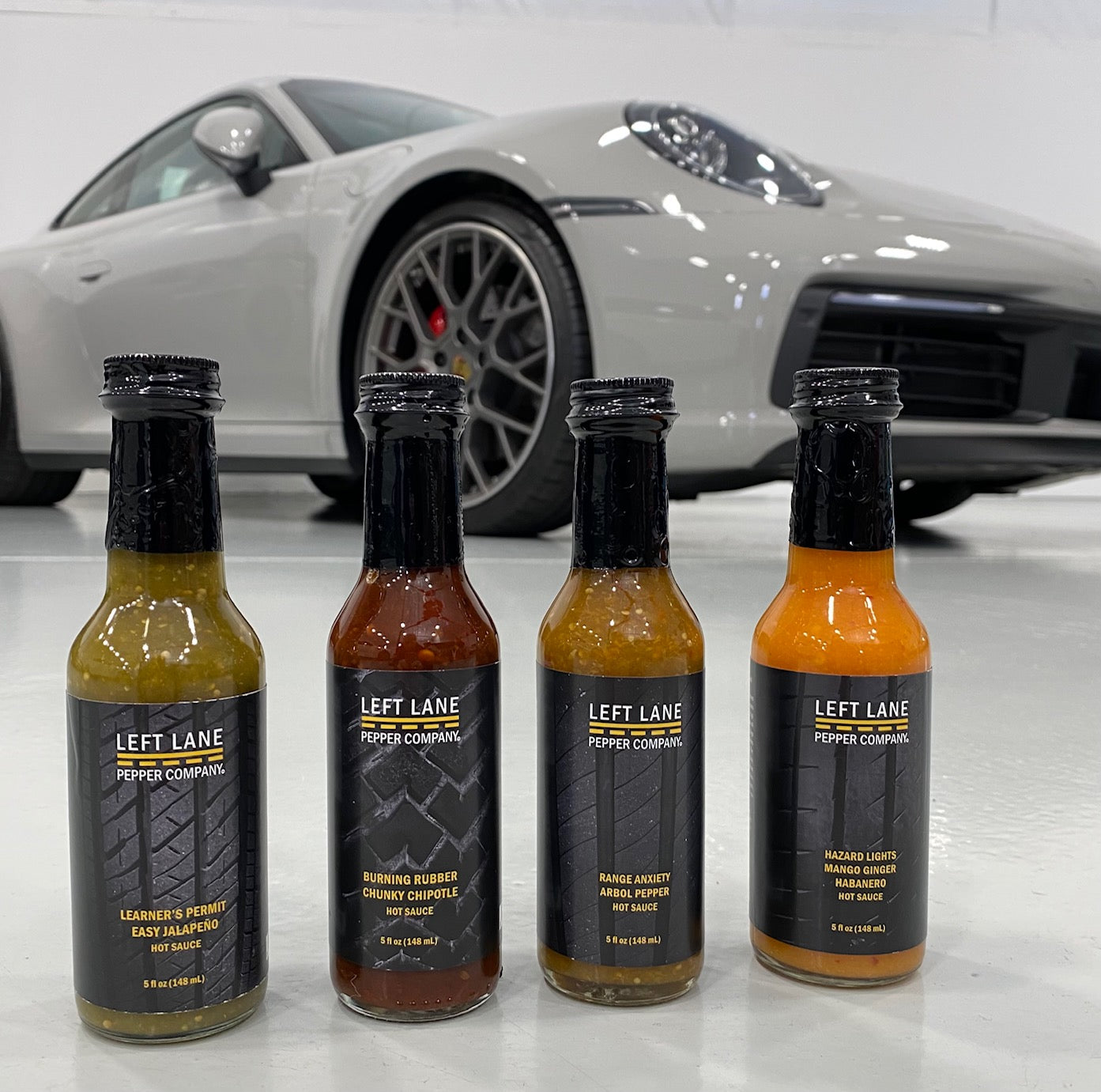
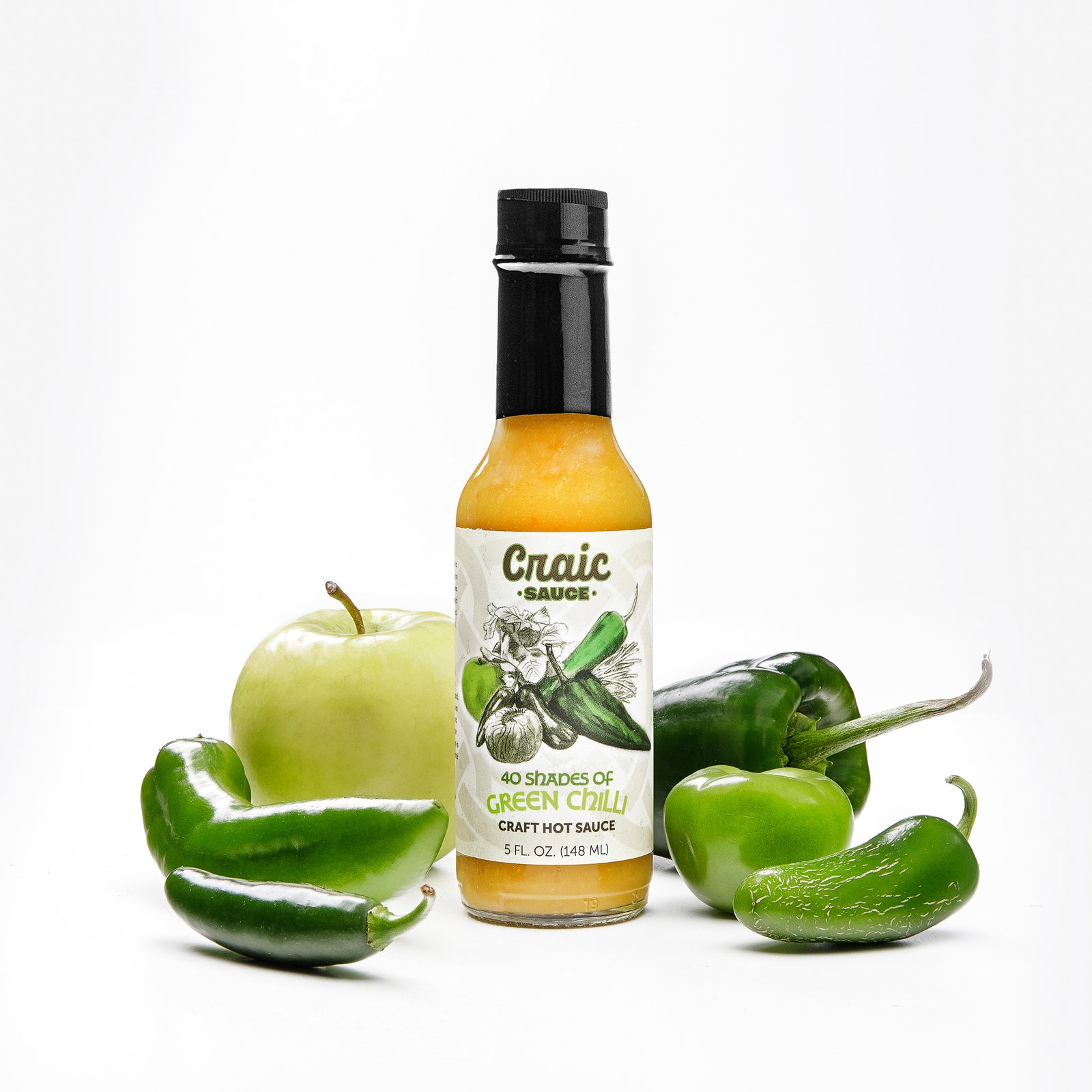
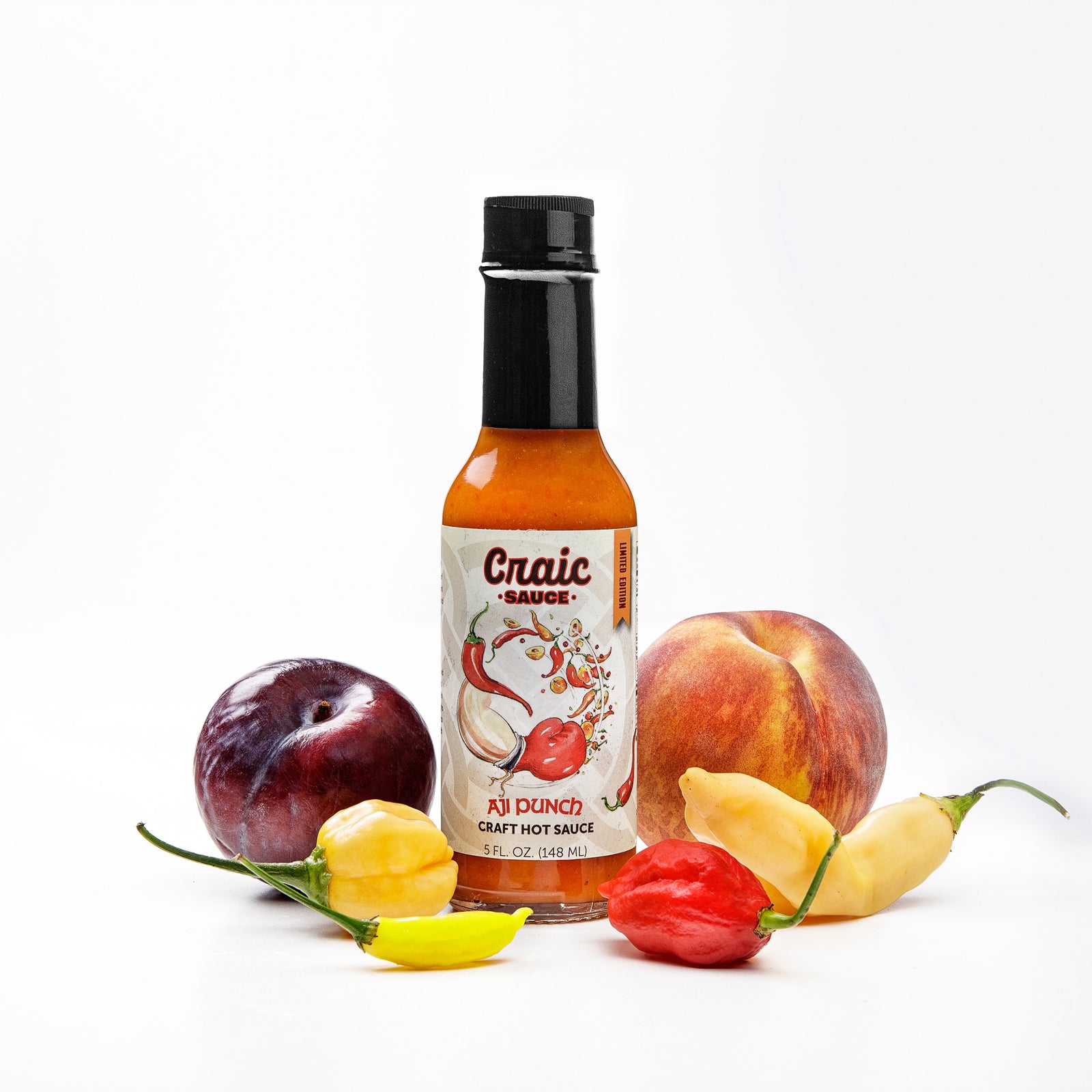
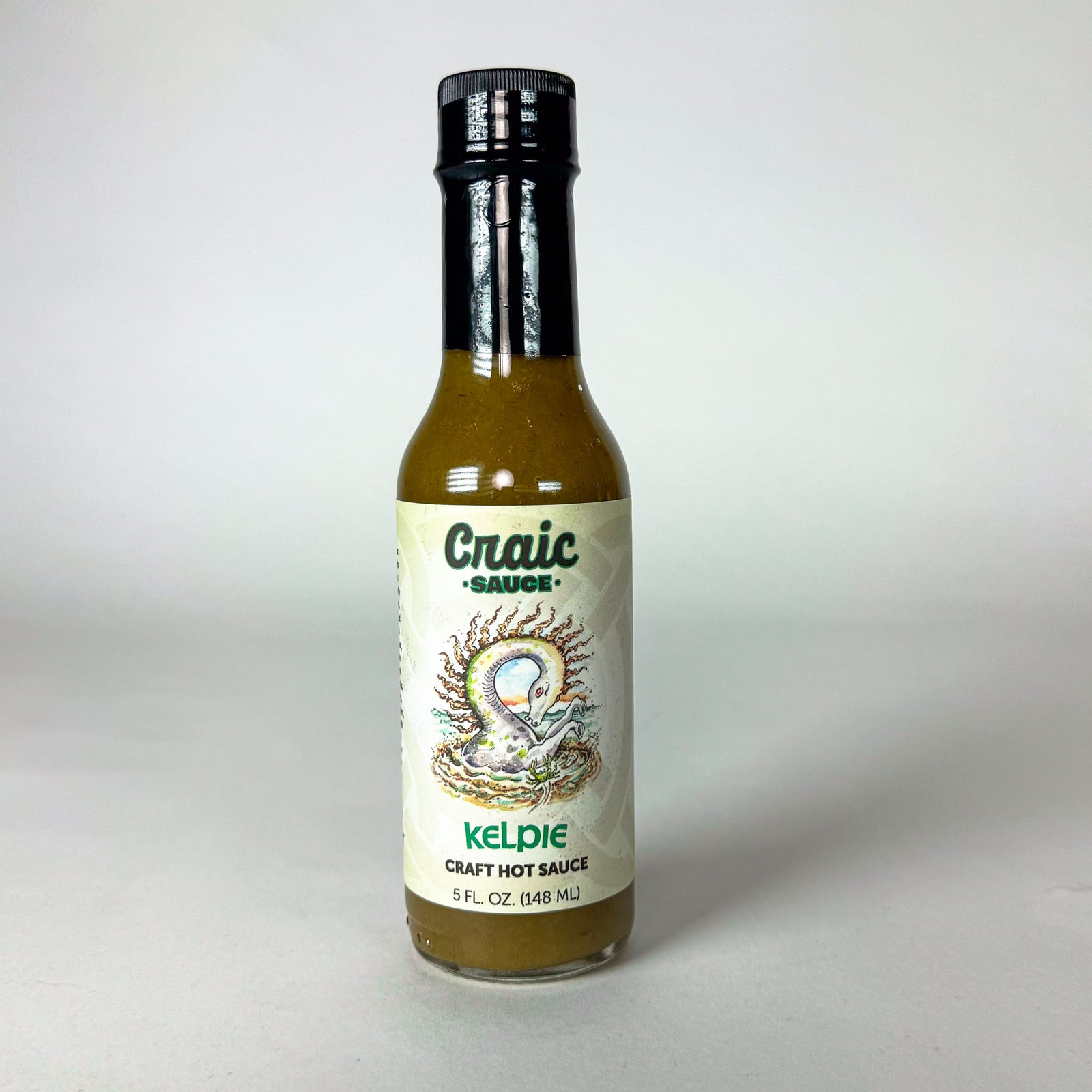
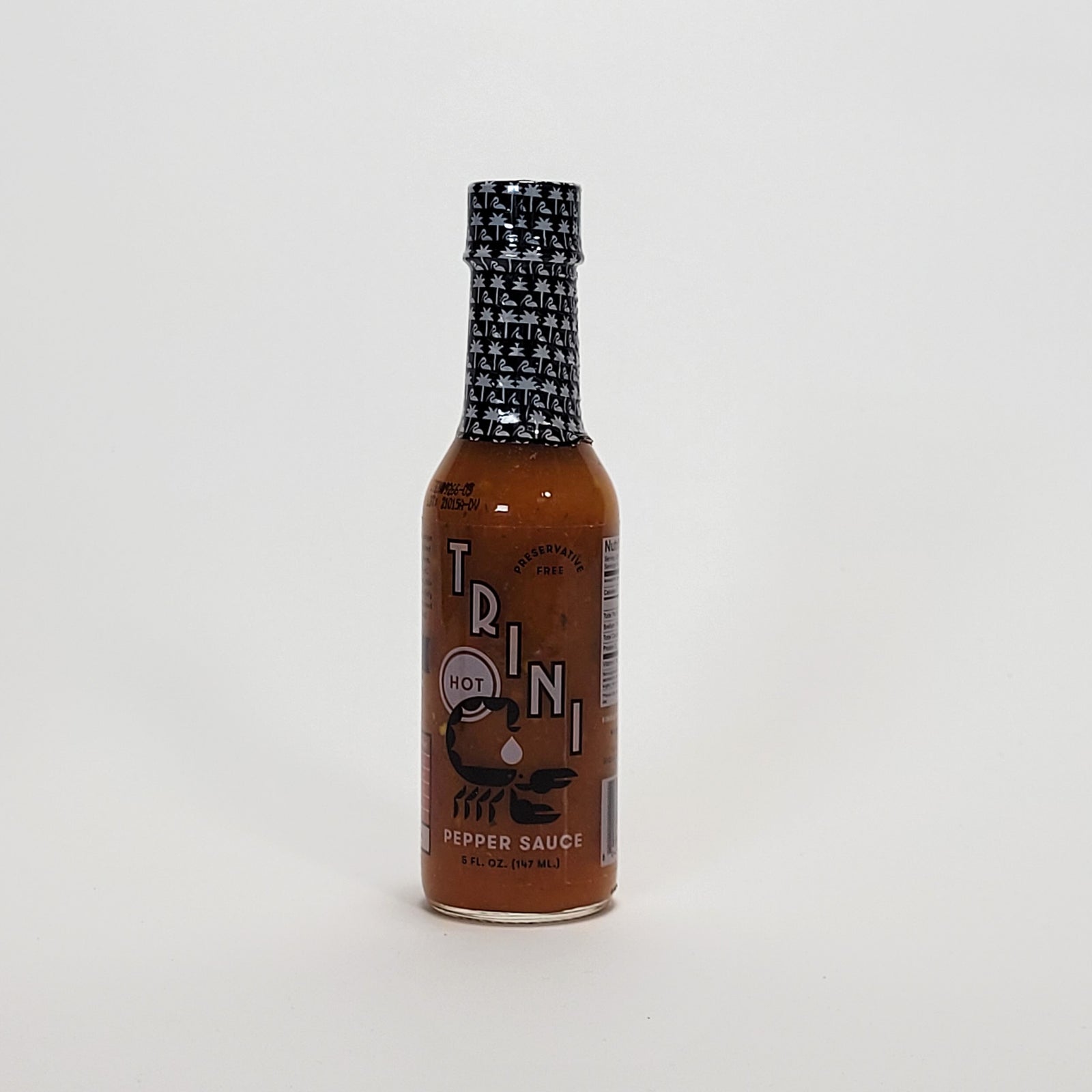
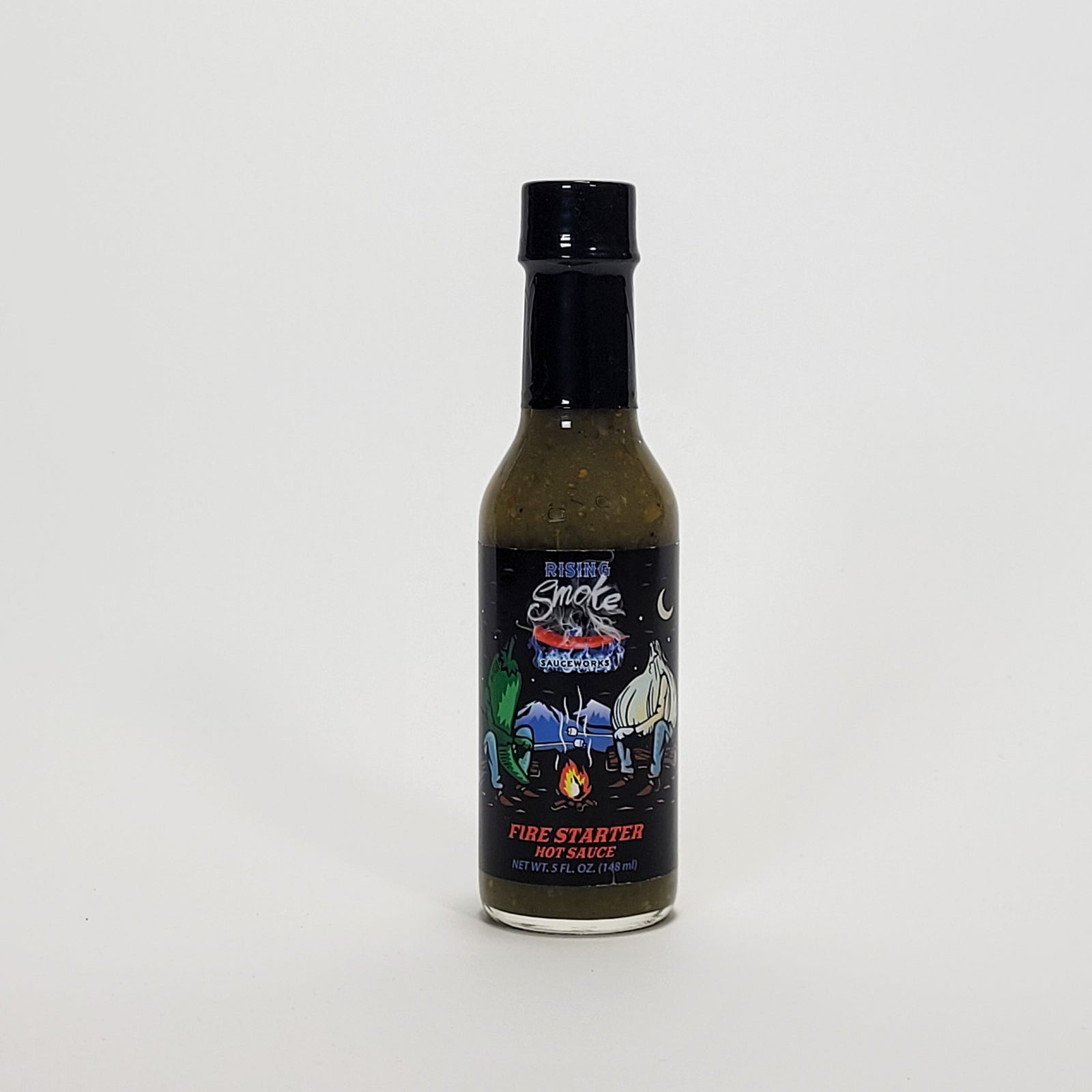
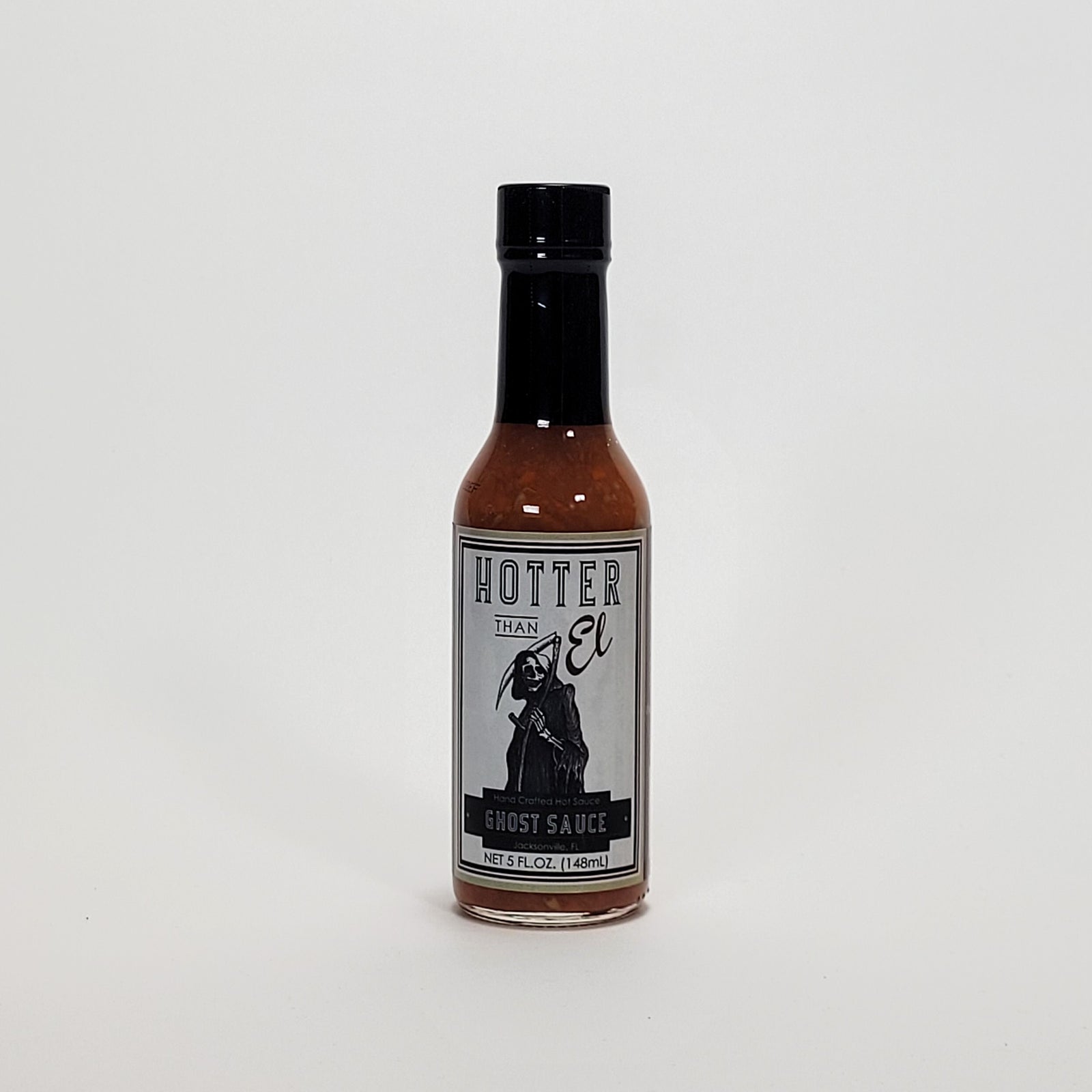
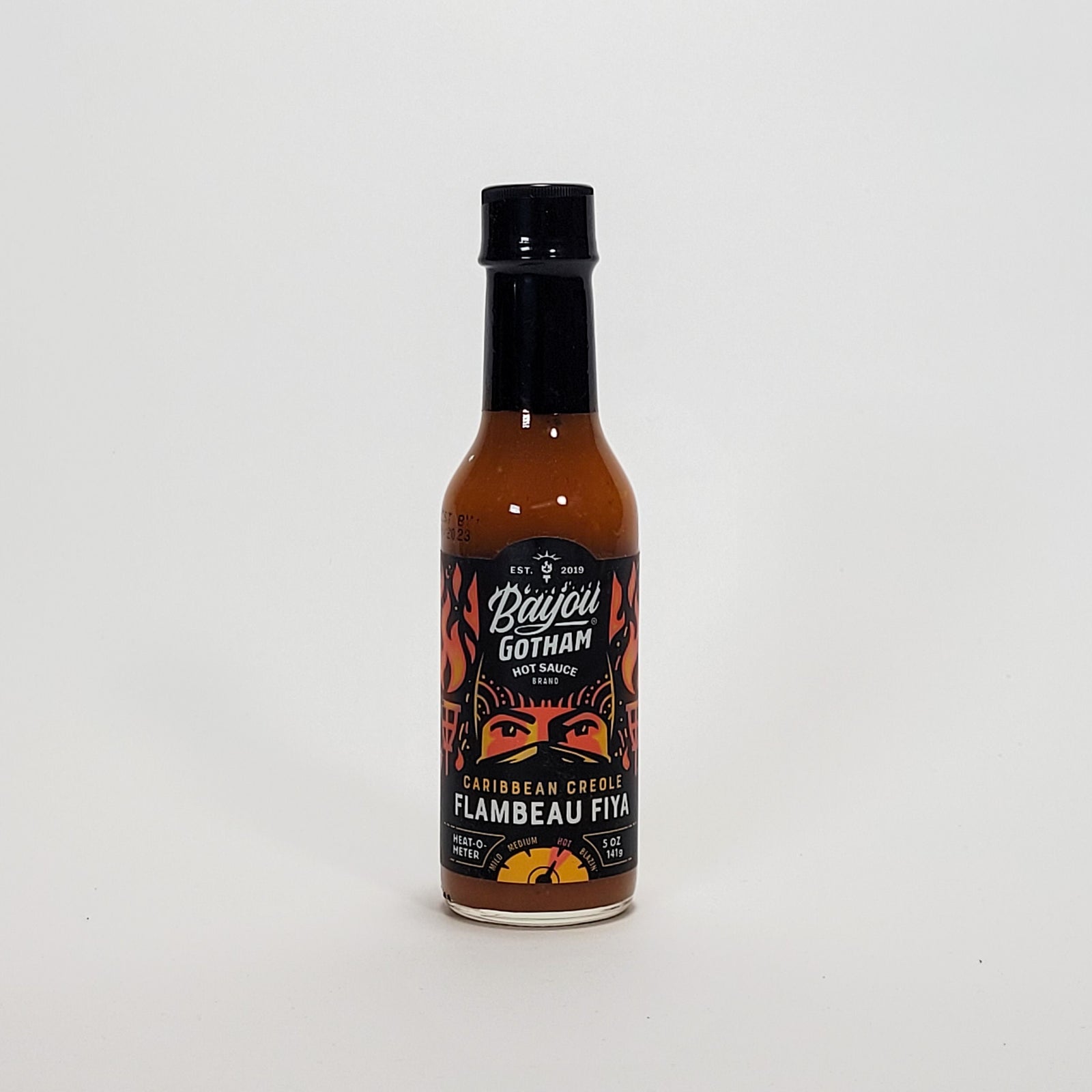
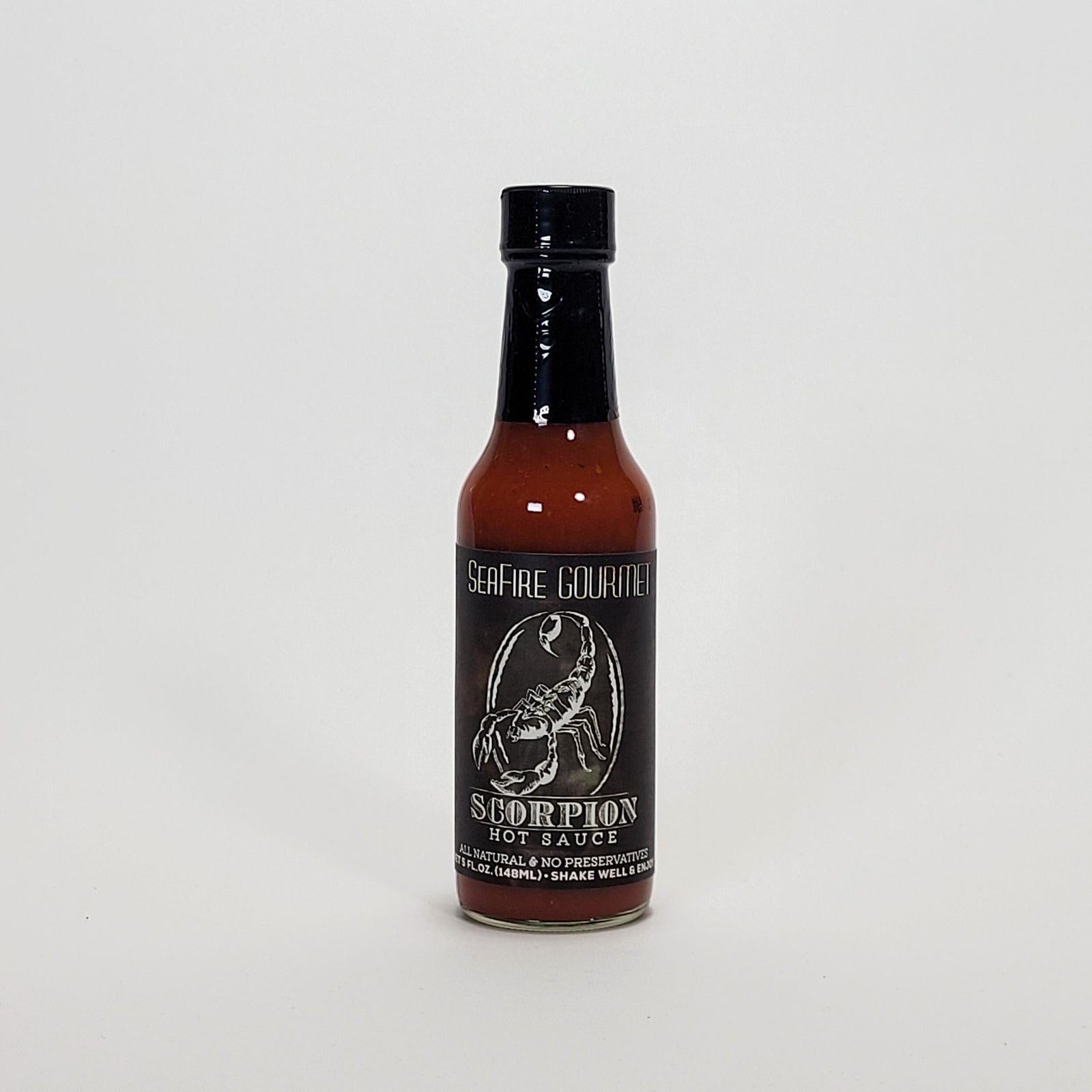
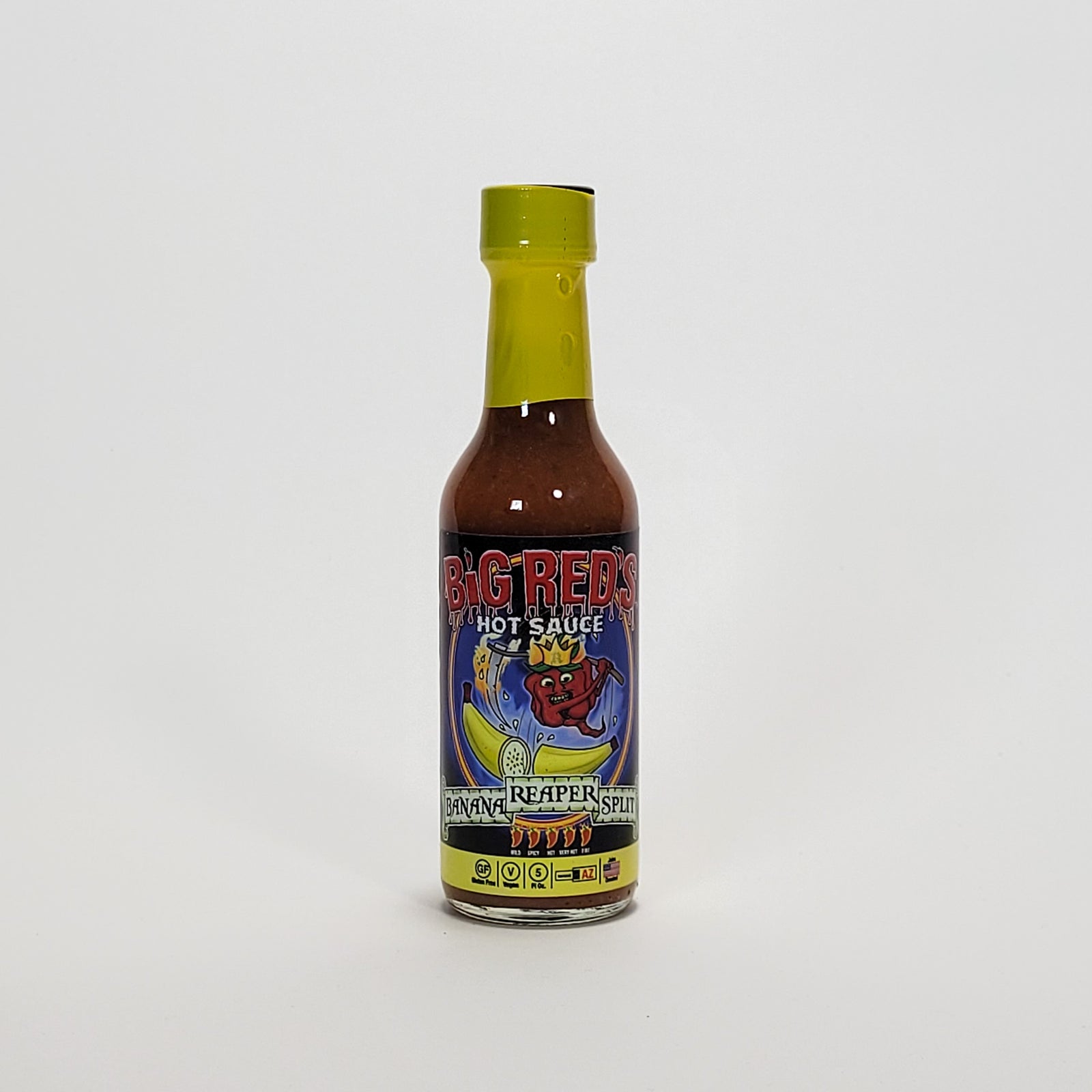

Leave a comment (all fields required)